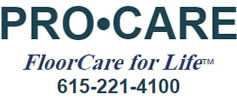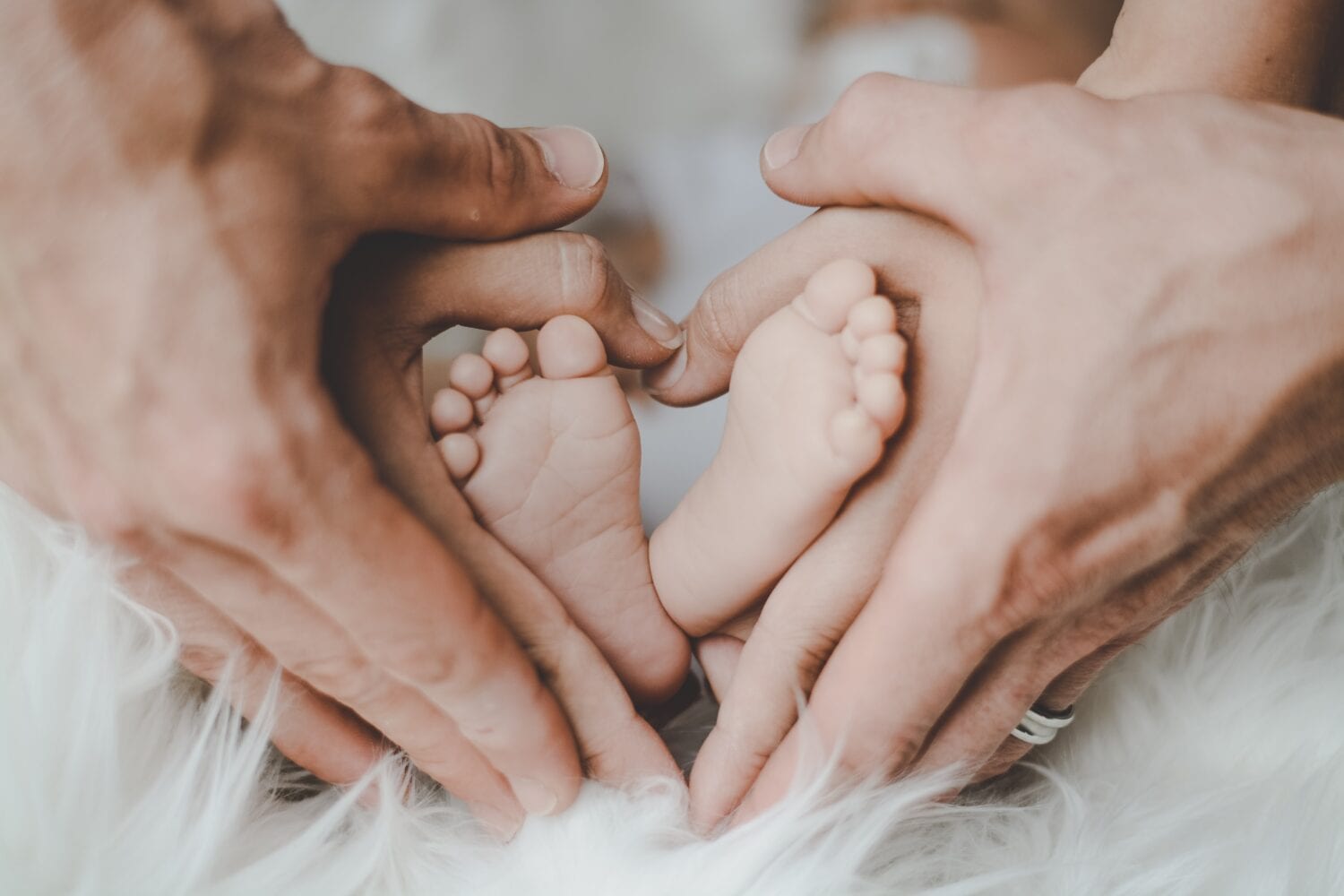
Wait…Babyproof what?
Bringing a little one home is exciting. And if it’s your first, chances are it may feel a little overwhelming. From diapers to feedings to doctor visits – it’s all a bit much to manage. Your child’s safety can be one of the most confusing priorities. There are so many things we can do to babyproof our home. Obviously, less is more – less furniture, less electrical cords, less sharp corners and fewer trinkets and decorative accessories, at least at ground level. Do you really need that coffee table right now or can you move it to another room until your little bundle is steady on her feet and moving freely about the cabin?
Babies need lots of space to crawl and explore and roam, so the fewer obstacles the better. There are so many safety measures we can take in a home to prevent our little ones from encountering danger – just ask renowned baby-planning guru Heidi Murkoff. But when you start to tackle the babyproofing project, it’s best to go “from the ground up.”
4 Tips To Babyproof Your Floors.
1. Use Rugs on Hard Floors
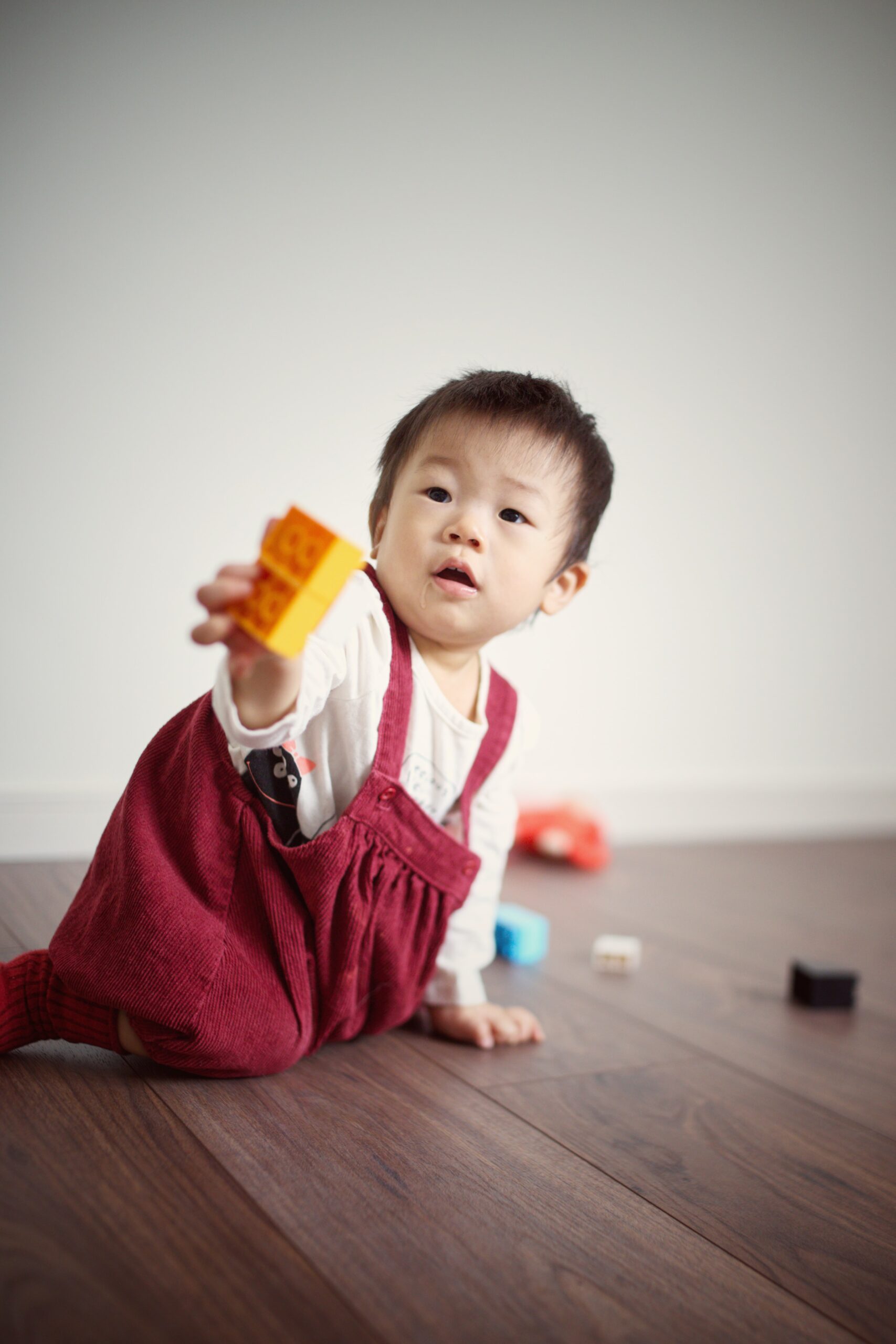 Often the most overlooked safety factor is the floors your little one will be crawling on. Hardwood floors are beautiful but they are not soft and forgiving. And don’t even get us started on tile floors! The last thing you want is your little one developing bruises from crawling around on too-hard surfaces.
Often the most overlooked safety factor is the floors your little one will be crawling on. Hardwood floors are beautiful but they are not soft and forgiving. And don’t even get us started on tile floors! The last thing you want is your little one developing bruises from crawling around on too-hard surfaces.
To babyproof, consider investing in a few low-pile rugs. Large area rugs are perfect for covering those hard floors and providing a level of protection your little one needs. Of course every rug needs a good non-slip pad. It softens the impact for baby’s learning years and insures a rug doesn’t slip out from under tiny hands and feet. Even better, rugs can bring both style and safety to your spaces. Some rugs can be machine washed for that quick clean-up. And if you have hard surfaces in baby’s bedroom, consider interlocking foam floor tiles which can be traded out individually if necessary. In ‘big-people’ rooms, know there are lots of tips and tricks available for addressing accidents on rugs and carpets.
2. Carpet Are The Best Babyproof Floors…Mostly
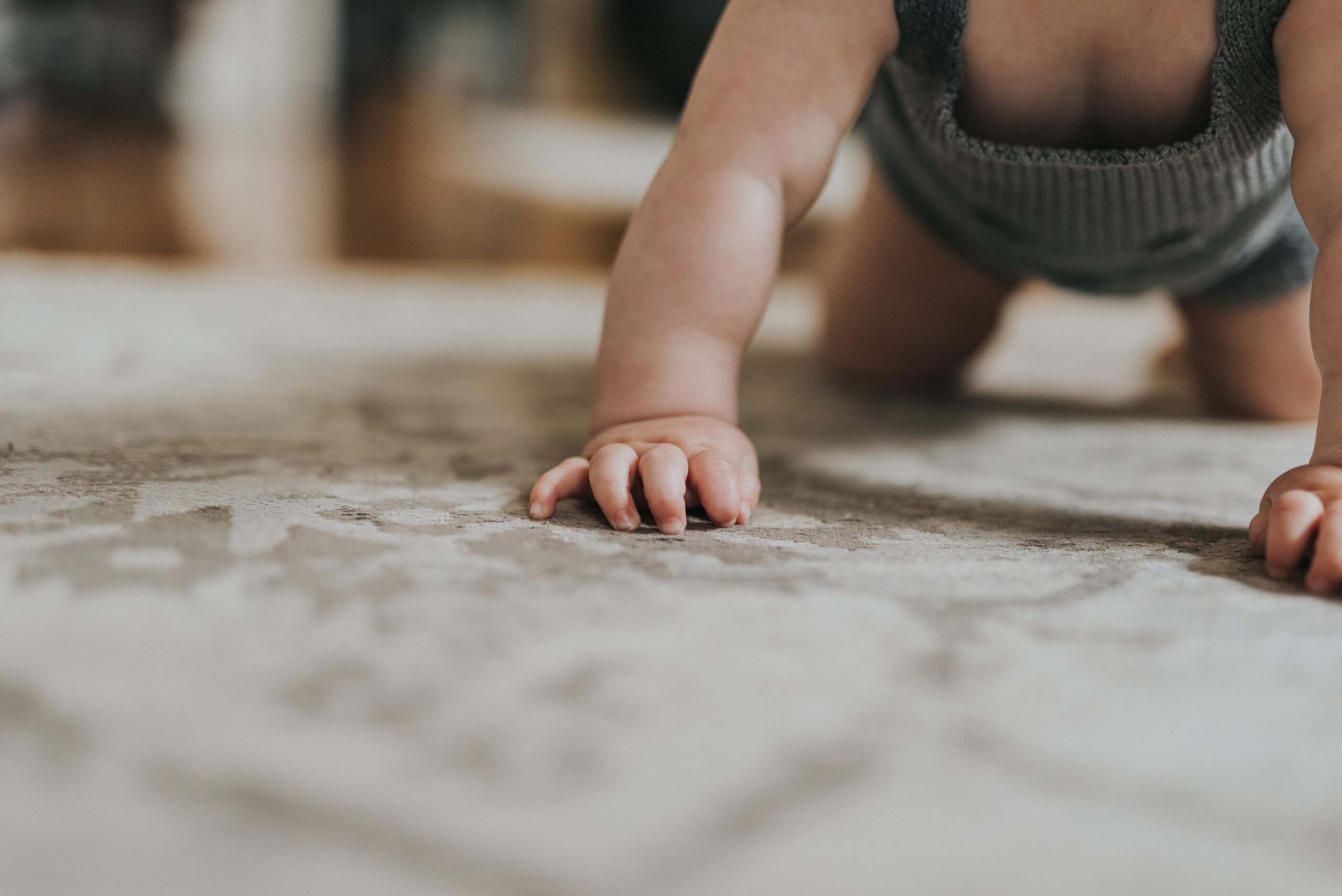 The most popular baby-friendly flooring is carpet. It’s soft, comfortable and forgiving. Most carpet is installed with good padding underneath and will offer protection to your little one from bumps and bruises. You can always upgrade the quality of the padding used. What’s more, carpet is often the most budget-friendly floor option and it contributes to the climate insulation and sound absorption of your spaces. That is particularly important when you get that fussy someone down for a nap at last.
The most popular baby-friendly flooring is carpet. It’s soft, comfortable and forgiving. Most carpet is installed with good padding underneath and will offer protection to your little one from bumps and bruises. You can always upgrade the quality of the padding used. What’s more, carpet is often the most budget-friendly floor option and it contributes to the climate insulation and sound absorption of your spaces. That is particularly important when you get that fussy someone down for a nap at last.
Of course some carpets are better matches than other to your home and circumstances. While installing carpet can be a big part of your babyproofing approach, there are drawbacks to keep in mind when choosing carpet over other surfaces. Carpets can be easier to stain and harder to clean than other flooring. Dust mites can live in carpet. Mold and Mildew can accumulate in carpet causing a less than ideal environment for allergies and asthma. That’s why homeowners need to plan and budget for regular professional cleanings for their carpeted spaces. More on this below.
One last factor to consider is that brand new carpets can contain chemicals that can cause little ones to get sick. For this reason, it is advised that you install new carpet (and remove old carpet) well in advance of your little one’s arrival giving the carpet and your home plenty of time to air out. Thankfully, there are experts in the field that can advise you about the best carpets for baby.
3. Keep Your Carpet And Rugs Professionally Cleaned
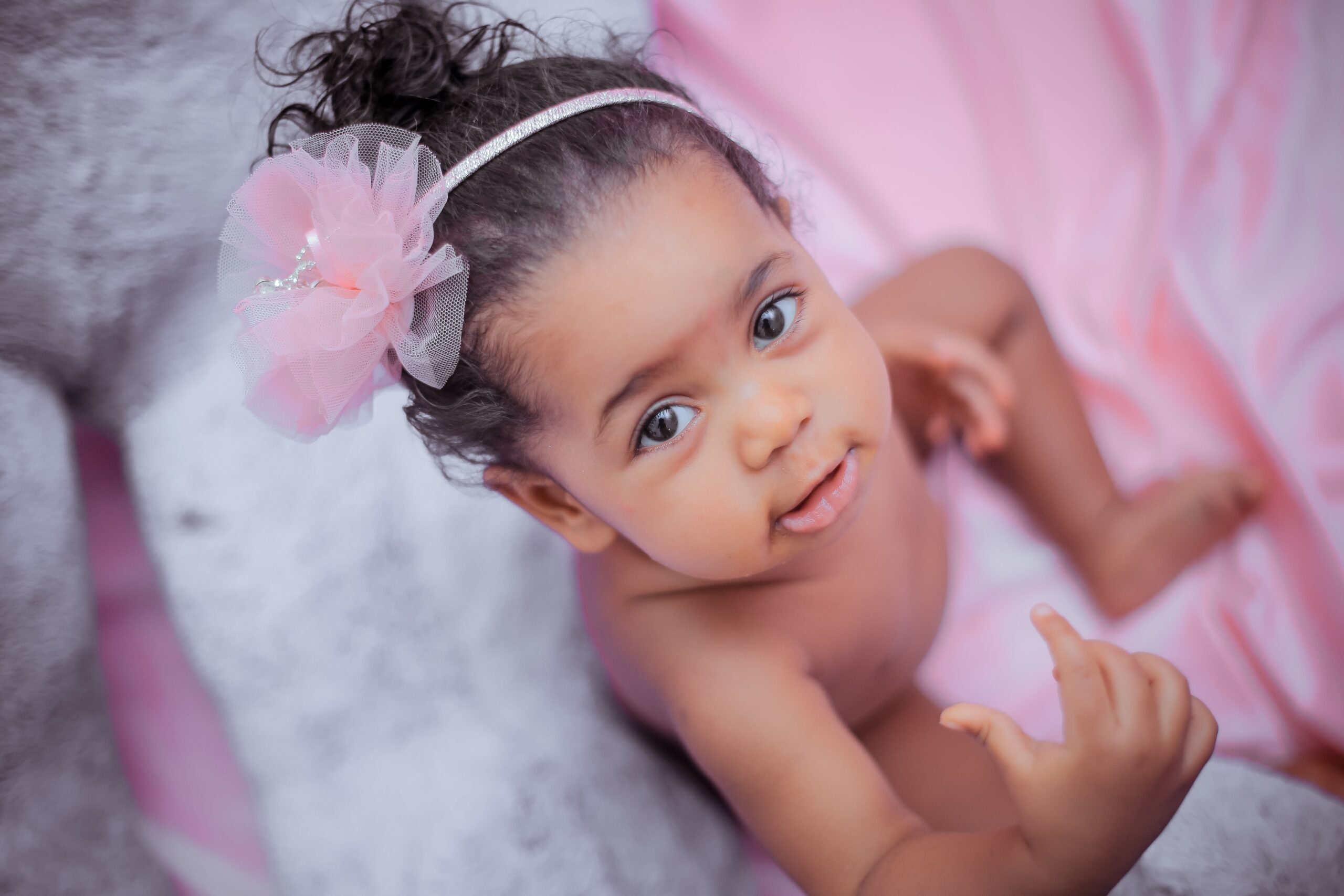 It is highly recommended by carpet manufacturers that you have your carpets (and rugs) professionally cleaned at least every 8-12 months. When you have a precious princess (or prince) crawling around, your babyproofing strategies should include having carpets cleaned more often. There are many factors that go into choosing the right professionals for the job, as we point out in our guide – How To Select A Professional Cleaning Company. Even your Oriental and area rugs need professional cleaning. While some rugs can be machine washed, most rugs, especially larger ones, require a company that specializes in rug cleaning. In fact, it is recommended to have your rugs cleaned using an in-plant rug cleaning system. To learn more about this process, check out 4 Reasons In-Plant Rug Cleaning Is Best.
It is highly recommended by carpet manufacturers that you have your carpets (and rugs) professionally cleaned at least every 8-12 months. When you have a precious princess (or prince) crawling around, your babyproofing strategies should include having carpets cleaned more often. There are many factors that go into choosing the right professionals for the job, as we point out in our guide – How To Select A Professional Cleaning Company. Even your Oriental and area rugs need professional cleaning. While some rugs can be machine washed, most rugs, especially larger ones, require a company that specializes in rug cleaning. In fact, it is recommended to have your rugs cleaned using an in-plant rug cleaning system. To learn more about this process, check out 4 Reasons In-Plant Rug Cleaning Is Best.
4. Be Prepared…Life Happens
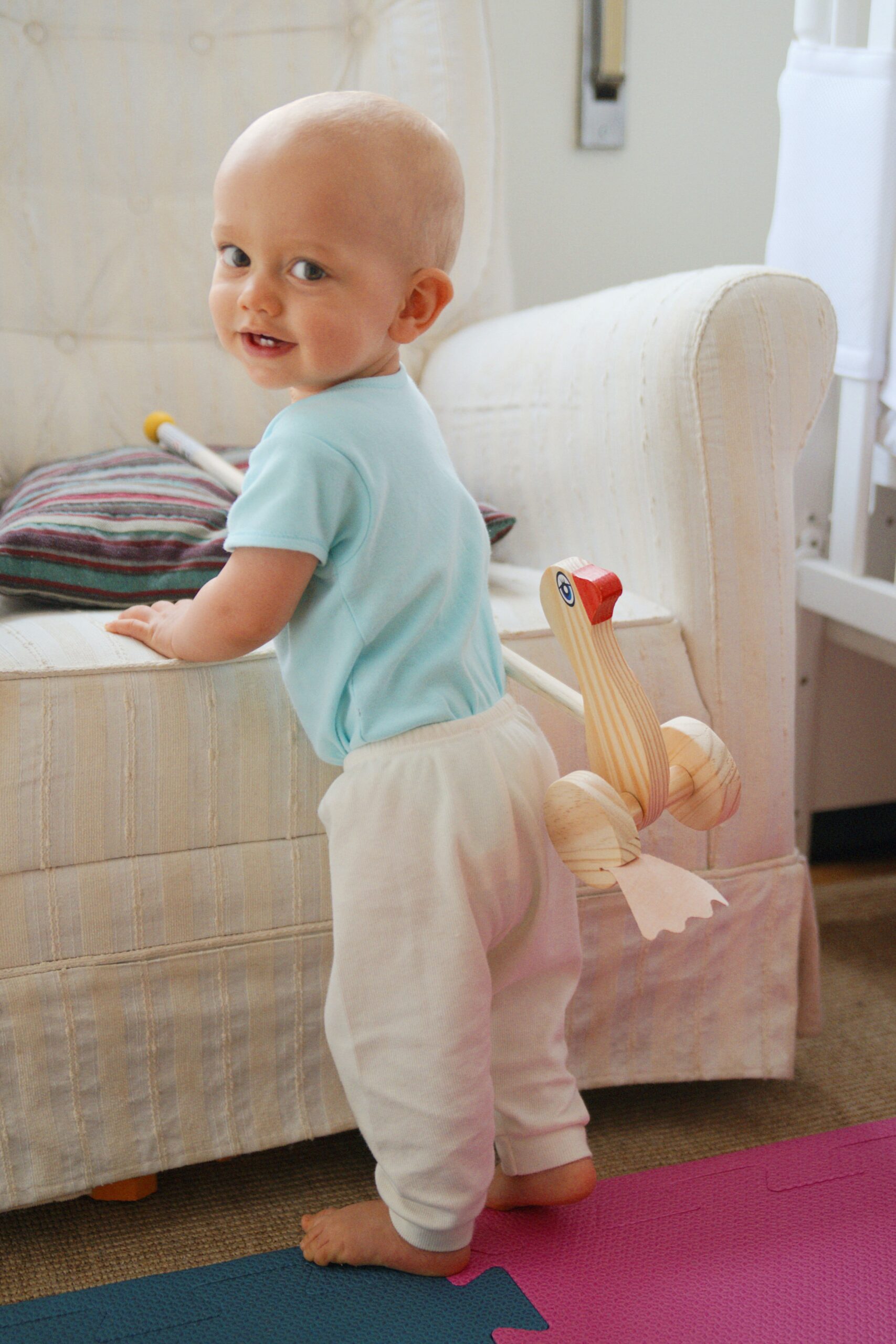 One of our favorite sayings is let life happen. Most of us had that aunt or grandmother who worried about everything. Wash your hands. Don’t stand on the couch. Don’t run with that pencil because you will… We can all finish that sentence. But none of us want to be “Nervous Nelly.” We all want to have the freedom to live life without worrying – especially when there’s little ones involved.
One of our favorite sayings is let life happen. Most of us had that aunt or grandmother who worried about everything. Wash your hands. Don’t stand on the couch. Don’t run with that pencil because you will… We can all finish that sentence. But none of us want to be “Nervous Nelly.” We all want to have the freedom to live life without worrying – especially when there’s little ones involved.
For this reason, if you already have carpets and rugs in your home, we encourage you to babyproof them ahead of time. The best way to do that is by protecting your carpets and rugs with a fabric protector. Granted, new carpet generally has a built-in protective layer though that can always be refreshed after a deep-cleaning but older carpet may not. There are many protectants out there but be sure to specify one that’s non-toxic and environmentally friendly. Beware of fluorochemicals like Scotchgard, Teflon, Fiber Seal, Microseal and Ultra-Guard. Their names are well-known but many of their drawbacks are not. Click here to learn more about fabric protectors.
The Babyproof Process is Time-Consuming but Your Baby Deserves the Best
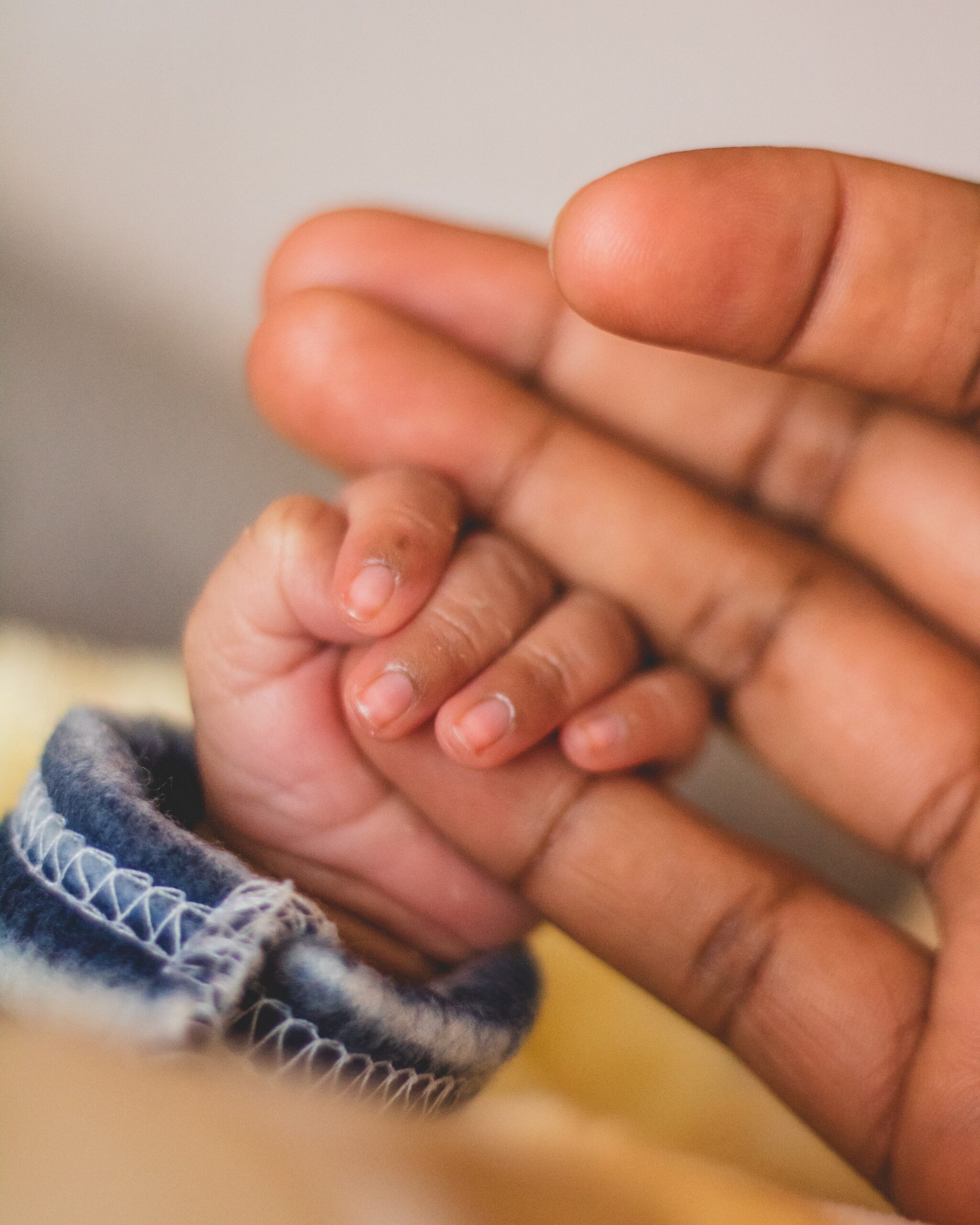 You’ll find the babyproof process will be a lot of work but the rewards are worth the effort. As your little one learns to roll, crawl, walk and run, she or he will spend most of the early years on your floors. Because of that, hands and feet will be vulnerable to whatever surface they come in contact with. So make your floor choices a top priority. Consider installing carpet in your child’s high-traffic areas, and if you already have carpet, make sure it is cleaned and protected well in advance of your baby’s due date. If you already have wood, tile or stone keep your eye out for area rugs that can soften these hard surfaces against stumbles and “spills.” And always, if you have questions, ask a professional. The folks who care about your child and your choices will take the time to talk to you about your options and they are the ones you’ll want to work with going forward.
You’ll find the babyproof process will be a lot of work but the rewards are worth the effort. As your little one learns to roll, crawl, walk and run, she or he will spend most of the early years on your floors. Because of that, hands and feet will be vulnerable to whatever surface they come in contact with. So make your floor choices a top priority. Consider installing carpet in your child’s high-traffic areas, and if you already have carpet, make sure it is cleaned and protected well in advance of your baby’s due date. If you already have wood, tile or stone keep your eye out for area rugs that can soften these hard surfaces against stumbles and “spills.” And always, if you have questions, ask a professional. The folks who care about your child and your choices will take the time to talk to you about your options and they are the ones you’ll want to work with going forward.
Your baby will be zooming around the room before you know it. A little babyproof prep up front will give you peace of mind – at least until the ‘terrible twos.’
At that point, we’re afraid you’re on your own.
